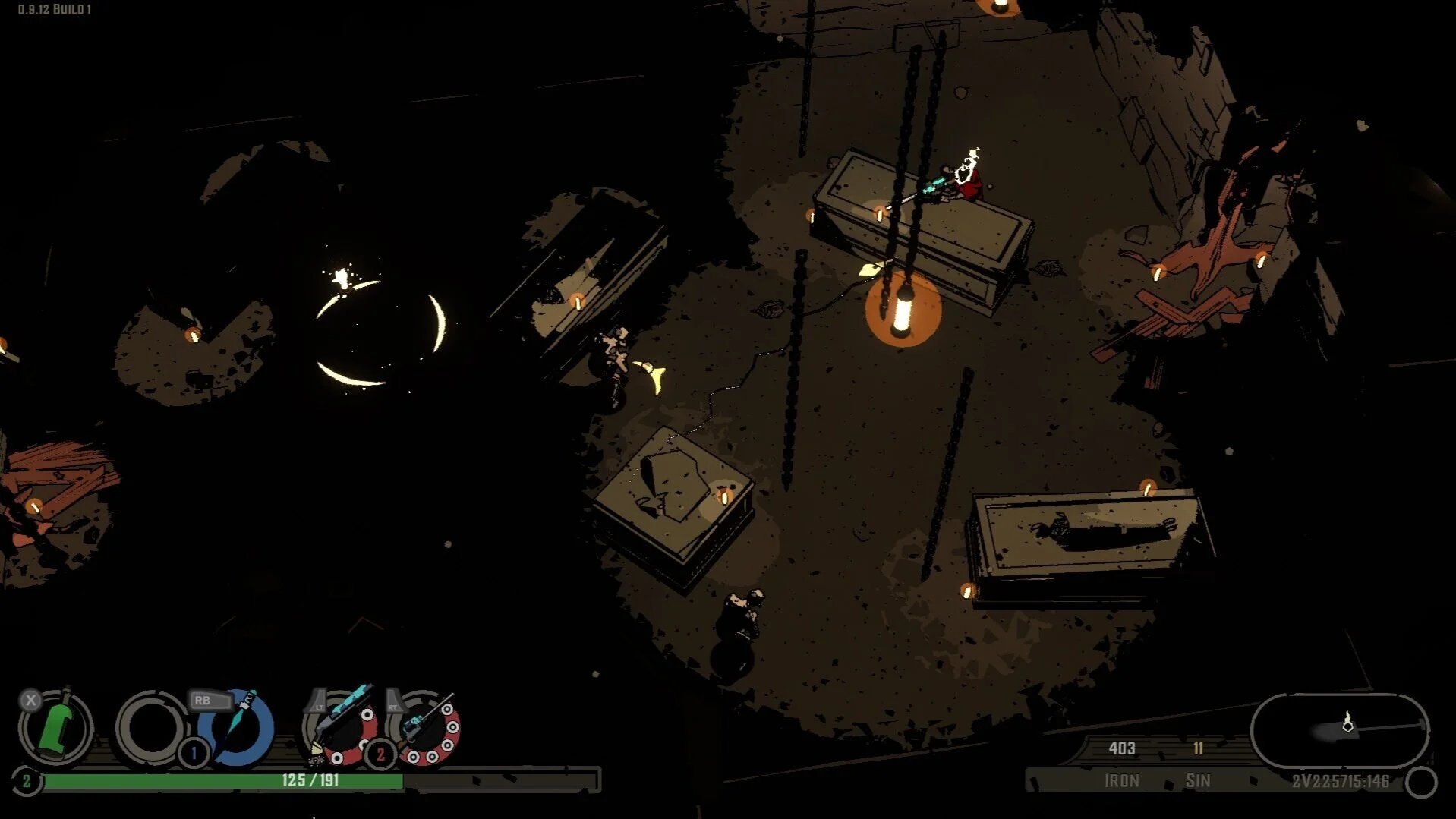Summer in Mara Review
DISCLAIMER: I backed this game on Indiegogo. I don’t think that affects my opinion of the game, but it would be irresponsible of me to not tell you.
We’re now through the third week of major racial equality protests and, though some good is getting done, terrible things are still happening to the point that it feels like things are still getting worse. My hope is that the increased backlash is a sign that the protests are working and that real, positive change is being made, but I’m scared that the violence against protesters is going to elevate to something even more horrifying and halt the momentum of social justice. Amid all this stress and worry, I was lucky enough to have a game I backed on Indiegogo a while ago, titled Summer in Mara, get published, making my decision for this week’s review an easy choice.
Summer in Mara tells the story of a young girl named Koa who lives on a small island in the immense ocean known as Mara. Orphaned in a nautical disaster, Koa was adopted by Haku, an elderly member of a race of fish-people known as Qüido, and raised on an isolated island, forbidden from ever leaving and given no way to communicate with the outside world. Instead of learning the typical things children are taught in school, Haku raised Koa to be a self-sufficient and kind farmer, which is good because, by the end of the tutorial, Haku has passed away. So, when Koa finds a secret letter written by Haku to a stranger and a lost Qüido washes up on the shores of her island, she’s emotionally and intellectually equipped to deal with this tumultuous change in her life.
When I backed Summer in Mara about 18 months ago, I was interested in it because it promised a relaxed farming and crafting game with a dash of exploration. This really appealed to me because I was trying to recapture the magic of Stardew Valley and it sounded like Summer in Mara might have the chops. Unfortunately, Summer in Mara doesn’t quite measure up. In games like Stardew Valley or Harvest Moon, players can more or less remain isolated on their farms, perfecting their field layout, raising animals, and combining crops and livestock products into more valuable wares to sell at market and only ever leaving to buy seeds or a new cow. But in Summer in Mara, it’s imperative that players leave their island, not only to follow the game’s story, but also to learn new recipes and unlock new skills. If players never leave the island, the only farming they could accomplish would be cultivating oranges and blackberries with some occasional fishing, and the only trade good they could make would be blackberry juice and some grilled fish skewers and be unable to sell any of it, as there’s no way to move goods on the island. Worse, when players are finally ready to travel to town to sell their wares and pick up new seeds, it takes about two minutes of sailing which might not sound like a lot, but when I had to do this four to eight times in per hour of play, it started to feel like a huge waste of time. Then, once players are finally in town, they have to track down the merchant that will pay them the most for their goods out of a possible six to eight vendors, each with their own preferred goods. This extra time and effort kept Summer in Mara at an acceptable but unremarkable level of fun and disrupted the zen-like flow of other farming games that allows me to get so immersed in my fictional crops that I lose hours of time.
Better than the farming, though not by a huge margin, is the game’s story. As Koa leaves the island with her mute fish friend Napopo, she is trying to find Napopo’s family as well as find out the truth of her grandma Haku. Because Koa was raised to believe that helping most, but not all, people, this quest involves doing a lot of errands for people. A huge portion of the quests I completed saw Koa ping-ponging between two or more townsfolk who needed all sorts of things done for them, from getting fishing line for local fishers to working with a blacksmith to repair a necklace. Summer in Mara never presents it as busy city slickers taking advantage of a pleasant, trusting out-of-towner but it always felt like that to me, especially in the case where a supposedly skilled adventurer couldn’t be bothered to walk to the top of the hill to have his headphones repaired by the town smith and needed me to take them to the workshop instead. But the worst sorts of quests were those that required me to sail back to my island and spend several days growing some produce or refining some material the quest giver needed to complete their task. At least 75% of the people I met were outright stated as successful people, yet somehow they can’t walk down to the market and buy a few carrots, and instead need an 11 year old girl to personally grow those carrots. But, for as annoying as all the chores I had to do for these quests were, the heart and expressiveness in the writing made it mostly worth it. Every character in Summer in Mara is written amazingly, with almost every piece of dialogue building and reinforcing that character’s personality. The best example of this is Edegan, a rich kid who went to school to be a banker, only to move to an island that had no bank, so his wealthy father then built a bank on that island so he could have somewhere to work. As soon as I met him I knew he was going to be an aloof jerk and he met my expectations perfectly when, for my first errand for him, was this banker sending an 11 year old on a debt collection. That’s exactly the right flavor of oblivious greed that cemented his personality in my mind after only a few seconds of interaction, and that same level of skill is used in the writing for every character in the game.
The last thing worth mentioning about Summer in Mara is the technological limitations and problems I ran into while playing. Fairly often, I ran into issues of being stuck on pieces of terrain that acted like they were a different size than they appeared, blocking my path when it looked like it was easily traversable. This was especially prevalent when moving between different terrain heights or when I would take a short cut over a wall or cliff thanks to the game’s lack of falling damage and Koa’s ability to jump like a Kryptonian track star. I also ran into some issues with the camera when talking to certain NPCs, with the camera sometimes moving below the ground and making it hard for me to see anyone involved in the conversation. The loading screens took a bit more time than I would have liked and, weirdly, lasted even longer if I happened to be pressing or holding a button on the controller. Lastly, some of Koa’s animations seemed to be either buggy or unfinished, leading to strange sights such as Koa cutting down a tree while remaining totally motionless. I don’t know how many of these issues came from playing on the Nintendo Switch over playing it on a PC, but I didn’t judge any of them too harshly because Summer in Mara is made by a team of about seven people with a budget of about $600,000 which is a tiny fraction of what it takes to make most video games.
I think when I backed the creation of Summer in Mara, I didn’t fully realize what it was, but, having played it, I still would have supported it because, though it’s not the most technologically solid game or exactly what I wanted, the game’s writing and tone is so nice to have in our current political nightmare. As with weeks before, I still think your money is best spent on organizations like the NAACP Legal Defense and Education Fund or the National Bail Fund Network, I would also recommend the Humble Fight for Racial Justice Bundle which includes games I love like Surviving Mars, Endless Space, and the eternally incredible FTL: Faster Than Light as well as books by and about African Americans and their experiences in our country. If you have some extra cash at the end of your donations and support, I’d say give Summer in Mara a look, especially for its hopeful tone and characters, but try to find it for less than the $25 asking price.
Buy this game on sale
It’s worth playing, just not at the price they’re asking



